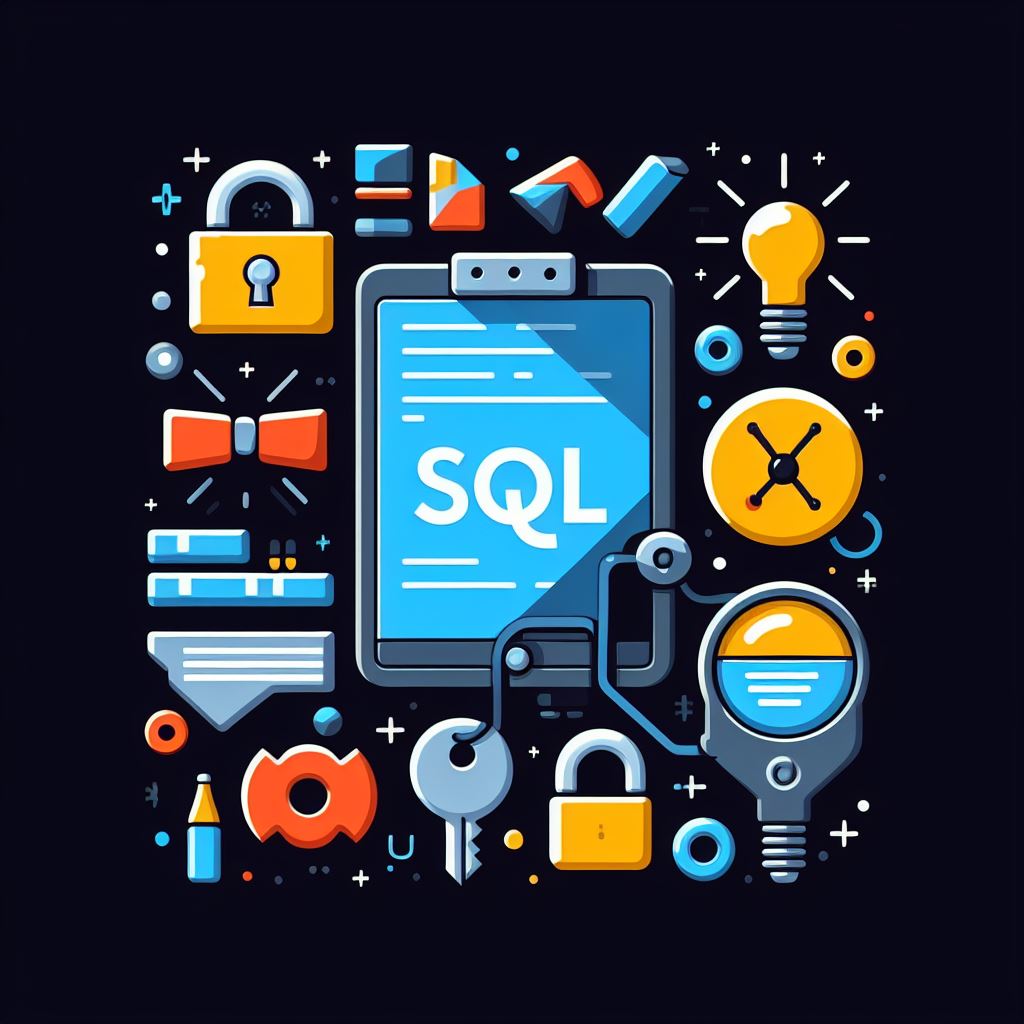Data Analytics guide is transforming industries, creating opportunities, and additionally driving innovation. As we step into 2024, understanding the landscape of data analytics is crucial for anyone looking to stay ahead. Besides this guide will navigate you through the essential aspects of data analytics, from foundational concepts to career paths thus enabling you to have more understanding.
Introduction to Data Analytics Guide
Data analytics guide involves examining data sets to draw conclusions about the information they contain. Therefore, helping organizations to make better business decisions, improve efficiency, gain customer insights, and manage risks.
Foundations of Data Analytics Guide
Key Components
- Data Collection: Gathering data from various sources.
- Cleaning of data: Removing inaccuracies and inconsistencies.
- Data Analysis: Applying statistical methods and algorithms.
- Data Interpretation: Drawing meaningful insights from the analyzed data.
Essential Tools and Technologies
- Excel: Basic data analysis.
- SQL: Database management and queries.
- Python/R: Advanced statistical analysis and visualization.
- Tableau/Power BI: Interactive dashboards.
Data Analytics Guide Techniques
Descriptive Analytics
Focuses on describing historical data trends. Furthermore, Answering the question, “What happened?”
Predictive Analytics
Uses historical data to predict future outcomes. In addition, Answers the question, “What could happen?”
Prescriptive Analytics
Provides recommendations for actions to achieve desired outcomes. Therefore, Answers the question, “What should we do?”
Career Paths in Data Analytics Guide
Data Analyst
Role: Collect, process, and analyze large data sets.
Skills Needed: SQL, Excel, Python/R, analytical skills, and visualization.
Data Scientist
Role: Use machine learning algorithms thus enabling you to build predictive models.
Skills Needed: Statistical analysis, machine learning, Python/R, and big data technologies.
Data Engineer

Role: Design, build, and manage data infrastructure.
Skills Needed: SQL, Python/Java, ETL processes, and cloud services.
Learning Path:
Step-by-Step Plan
- Learn the Basics: Start with fundamental courses in statistics and data analysis.
- Master Tools: Get proficient in Excel, SQL, Python, and data visualization tools.
- Gain Practical Experience: Work on real-world projects and internships.
- Advanced Techniques: Learn about machine learning and big data technologies.
- Stay Updated: Keep up with the latest trends and technologies in data analytics.
Recommended Resources
- Online Courses: Coursera, Udemy, edX.
- Books: “Data Science for Business” by Foster Provost, “Python for Data Analysis” by Wes McKinney.
- Communities: Join forums like Kaggle and Reddit’s r/datascience.
The Future of Data Analytics: Data Analytics Guide 2024
Trends to Watch
- AI and Machine Learning Integration: Increasing use of AI to automate data analysis, additionally;
- Real-Time Analytics: Growing demand for real-time data processing.
- Enhanced Data Privacy: Greater focus on data security and privacy regulations.
Conclusion: The Ultimate Data Analytics Guide 2024
Embarking on a journey into data analytics requires dedication and continuous learning. As we move through 2024, this Data Analytics Guide 2024 aims to be your roadmap to success. Henceforth by mastering the foundational skills, staying abreast of technological advancements, and applying your knowledge to real-world problems, you can become sought-for data analytics professional afterwards.
Summary Table for data analytics guide
| Career Path | Key Skills Needed | Tools/Technologies |
|---|---|---|
| Data Analyst | SQL, Excel, Python/R, Analytical skills | Excel, SQL, Python/R, Tableau/Power BI |
| Data Scientist | Machine Learning, Statistical Analysis, Python/R | Python, R, Hadoop, Spark |
| Data Engineer | SQL, Python/Java, ETL processes, Cloud Services | SQL, Python, AWS/Azure/Google Cloud |
Start your journey today and make 2024 the year you conquer data analytics!


